The basic structural, functional, and biological unit of all known organisms is the cell. The word “cell” is derived from the Latin word cella, which means “small room”. They are complex and perform various functions for the organism. Everything from respiration to repair, you can thank your cells for keeping you alive!

In a complex multicellular organism like humans, there are specialized cells that do very specific functions. Based on said functions, these cells are distributed in various organs. For example, the Islets of Langerhans are a group of cells found in your pancreas. They are responsible for the secretion of insulin in your body. When these cells are damaged, insulin secretion does not occur in a person and he/she is said to be suffering from diabetes.
Another thing to note is that specialization is unidirectional; one cell type cannot convert to another. For example, you can never see your heart muscle cell suddenly transform into a neuron or kidney cells. Hence once specialized, it cannot be reversed.
Now, if we go to the initial stages of the formation of a human body, we see that the embryo, when in the initial stages of development, has only undifferentiated cells:
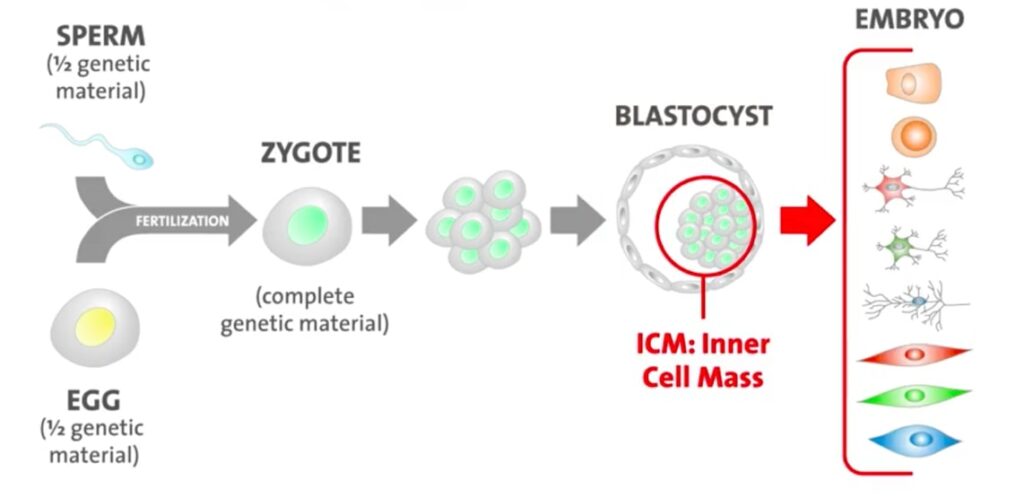
As you can see, a small number of cells, the Inner Cell Mass, need to be able to differentiate into trillions of cells, all with different structures, functions, and features. Therefore, one could assume that there exists something like a universal cell, one that could develop into any and all specialized cells that we see in the human body. This is where stem cells come into the picture.
Index
Stem Cells
In simple terms, stem cells are special human cells that have the ability to develop into many different cell types. Consider it to be a blank canvas or clay, you can paint or mould it in any way, shape, or form that you like.
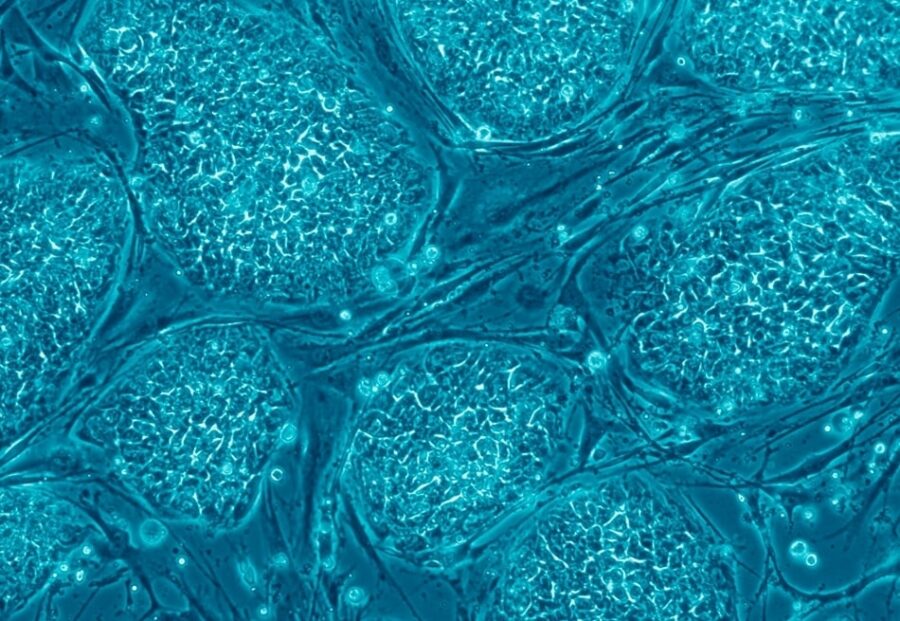
The term, “stem cells” first appeared in the work of the German biologist Ernst Haekel in 1868. He used the term “Stammzelle” to refer to the ancestor cell of all living cells. This meaning has become obsolete today. In 1886, William Sedgwick applied the term to the growing parts of plants, which only regenerate at certain points of the organism.
In the 1900s, lots of evidence was discovered for the existence of stem cells, including proof that various types of blood cells originate from a single progenitor cell. Over time, research has revealed a lot more about stem cells and its various features.
Although there are no clear set ways to differentiate the types of stem cells, here is a rough approximation:
Embryonic Stem Cells
These stem cells are obtained from unused embryos from an in vitro fertilization procedure. They have been donated to science. In technical terms, these stem cells are pluripotent, that is, they can develop into more than one type of cell.

Adult Stem Cells
Even within adult stem cells, there are two types
From Fully Developed Tissues
Certain specialized tissues have their own stem cells. These include the brain, skin and bone marrow. They are a little specific in the types of cells they make; they can differentiate into a few cell types but not all. This type of stem cells is called multipotent. For example, a stem cell from the brain will only make more bain cells.
Induced Pluripotent Stem Cells
These are adult stem cells that have been changed in the lab to be more pluripotent. They were first reported in 2006.
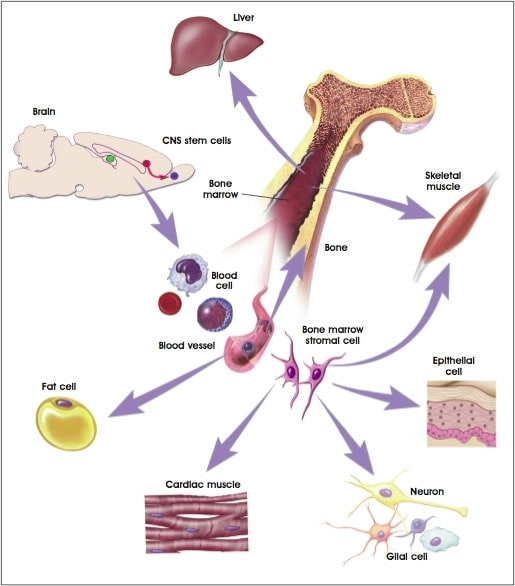
So now that we have a rough idea of what stem cells are, we will now see how and where this can be a helpful solution to many medical issues humans face. Remember the initial example of insulin? How great would it be if we could simply transfer a sort of universal cell into the pancreas of the insulin patient, and lo and behold, they develop fully functional Islets of Langerhans?
What is Stem Cell Therapy?
As the name suggests, Stem Cell Therapy, or STC for short, is the prevention or treatment of medical conditions with the help of stem cells. Since stem cells have the ability to transform into any cell type in the body, theoretically, we can repair damaged tissues using stem cells.

Before we get into that, keep these two terms in mind.
Pluripotency in cells implies those cells have the ability to develop into any other cell type found in the body. Think about it like the stem cells of the Inner Cell Mass.
Multipotency in cells implies those cells have the ability to develop into a limited number of cell types, based on the organ they were created in. An example is the haemolytic stem cell, shown below.

Applications of Stem Cells
For over 30 years, stem cells, specifically, hematopoietic stem cell transplantation (HSCT) have been used for the treatment of leukemia and lymphoma. This is the transplantation of multipotent hemopoietic stem cells, usually from the bone marrow. When these diseases are treated with chemotherapy, some of the healthy cells are also damaged. They are replaced by introducing those stem cells, thus reversing the damage caused by the chemotherapy. Another effect is the triggering of the immune response that helps to kill off any cancer cells.

In recent times, post-2010s, there have been treatments approved by the Government of Canada and the FDA for the treatments of graft vs host disease and other immunological problems. Apart from that, other agencies have recommended the approval of limbal stem cells for people with severe limbal stem cell deficiency.
As of now, these treatments are not exactly cheap. Stem cell procedures in India aren’t very common or known about among the general populace. Perhaps with more research and innovation, they will become more readily accessible over here.
Current research in the field
The potential for stem cells to be used in medicine is very obvious, and researchers have been working very hard in order to develop medicines and treatments using stem cells and stem cell products.

When talking about treatment, a large number of high-quality stem cells are required. Hence, a method for the production of stem cells in vitro, without the loss of the pluripotency potential is required. As of now, there are two main approaches to this problem: Two-dimensional and Three-dimensional cell culture.
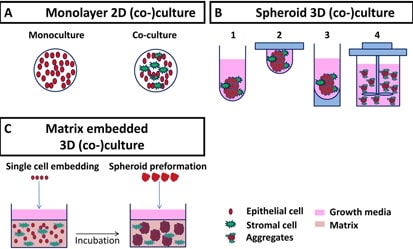
As of stem cell therapy itself, research is being done to study the effects and uses of stem cells for the treatment of the following conditions.
Neurodegeneration and Brain/Spinal Chord Injury
We know that adult brains have neural multipotent stem cells that develop into progenitor cells. These are required for the maintenance of the neuron population in the brains.
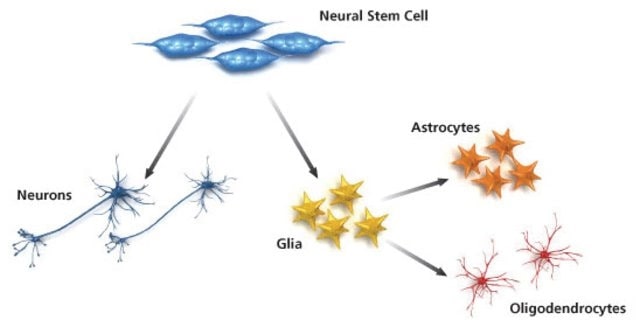
Pharmacological activation of neural stem cells has been reported to improve conditions of brain degeneration that include Alzheimer’s disease, Parkinson’s disease, and ALS. In rats, neuroprotection and behavioral recovery were observed.
In the case of brain injury due to stroke or trauma, cell death leads to the loss of neurons and oligodendrocytes, which provide support and insulation to the neurons. Transplantation of stem cells is being tested as a way to reverse the damage.
Heart
Although there hasn’t been a lot of success with the use of stem cells in treating heart conditions, preliminary studies in clinical trials have provided some modest improvements in heart function following bone marrow transplants.
Heart attacks, also known as myocardial infarction, is becoming more common these days. Stem cell therapy as a treatment for the condition has been explored; usually, bone marrow stem cells that were obtained from the patient were used, but other types of stem cells could be an option. The mechanism could include the generation of heart muscle cells, stimulation of growth of blood vessels, or the secretion of growth factors.
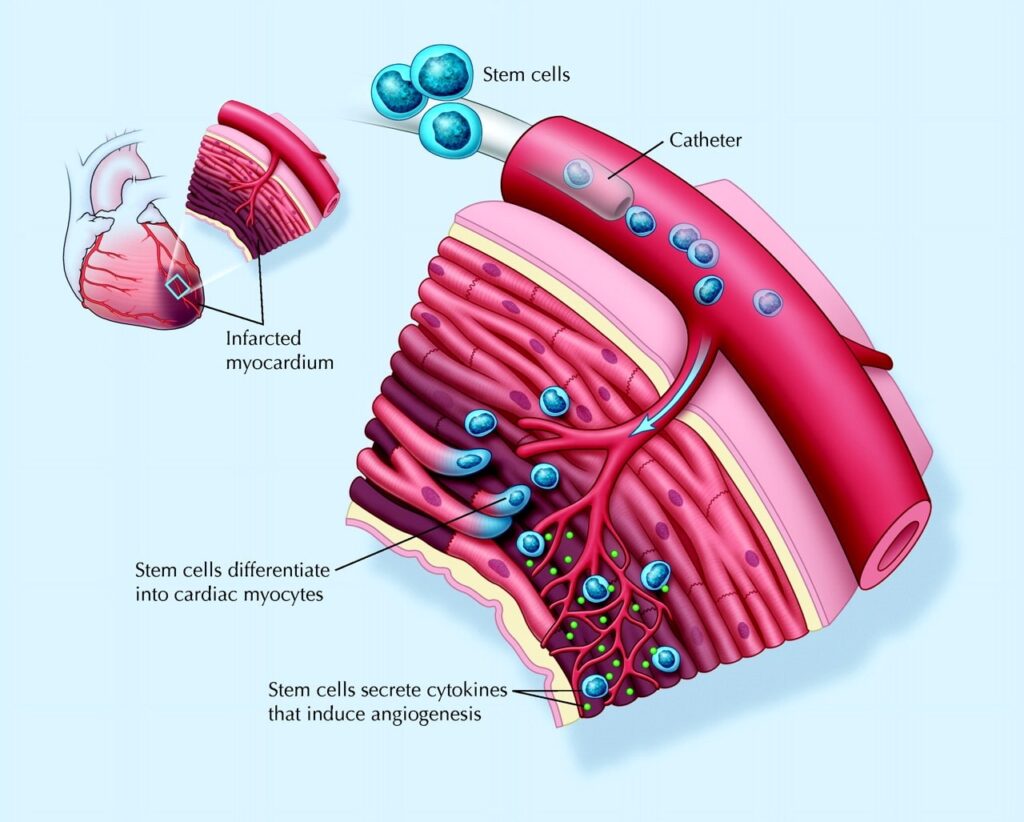
Blindness, Vision Impairment
Post-2003, there has been a success in restoring vision into damaged eyes by transplanting corneal stem cells. When these stem cells were transplanted onto the cornea, improvements were reported. Eventually, the restoration of eyesight was observed.

Pancreatic Beta Cells
I have talked about what causes diabetes before. In recent experiments, scientists have been able to coax embryonic stem cells to turn into beta cells in the lab. In theory, if the beta cell is transplanted successfully, they will be able to replace malfunctioning ones in a diabetic patient.
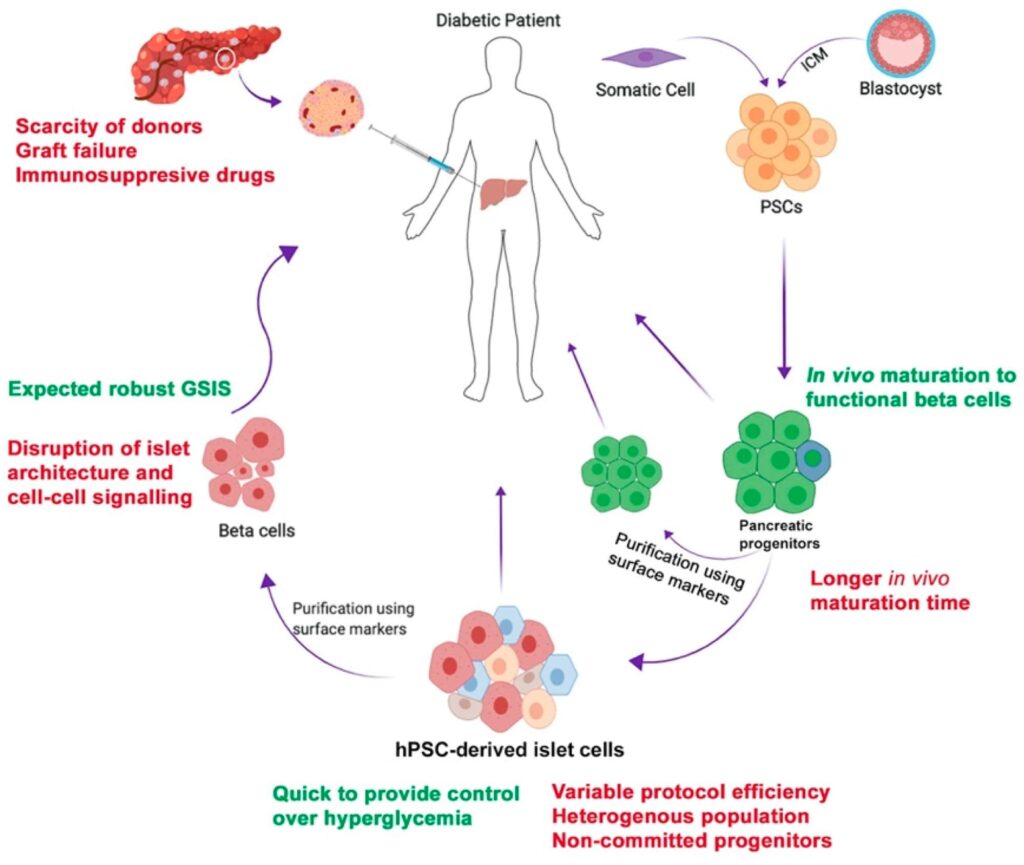
Looking ahead
There is a world of research being done on stem cells; not just with regard to therapies, but also about the production and storage of these stem cells. Apart from the conditions mentioned above, stem cell therapy is being tested to provide a solution for problems like HIV, infertility, orthopedics, cancer, and other areas like dentistry and wound healing.
Of course, the road isn’t very easy. Apart from all the difficulties of research, there is also controversy regarding stem cells due to its association with ICMs and embryos. Even with the multiple roadblocks slowing the flow, research into this technology has shown us what solutions to diseases and conditions that are considered to be life-threatening today, could look like. Further study will help illuminate one major path ahead for medicine, one where these terrors of today are only bad memories of tomorrow.

